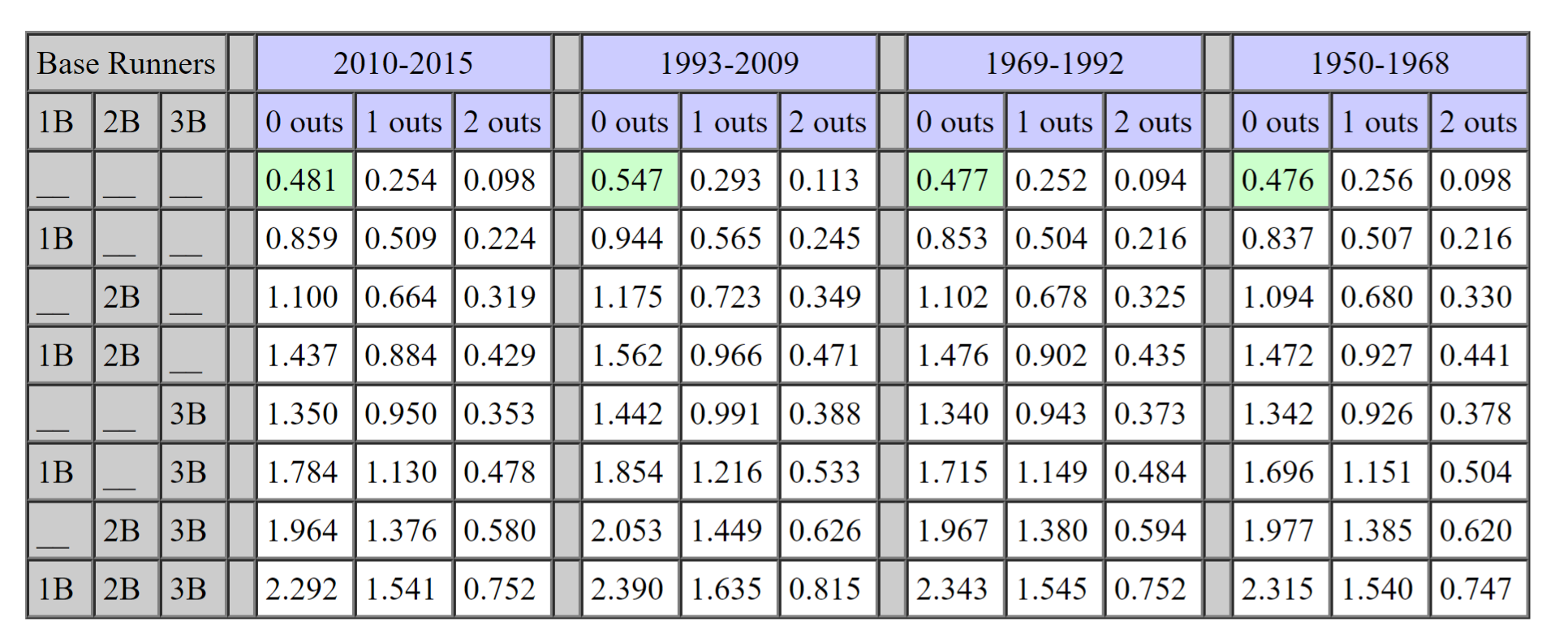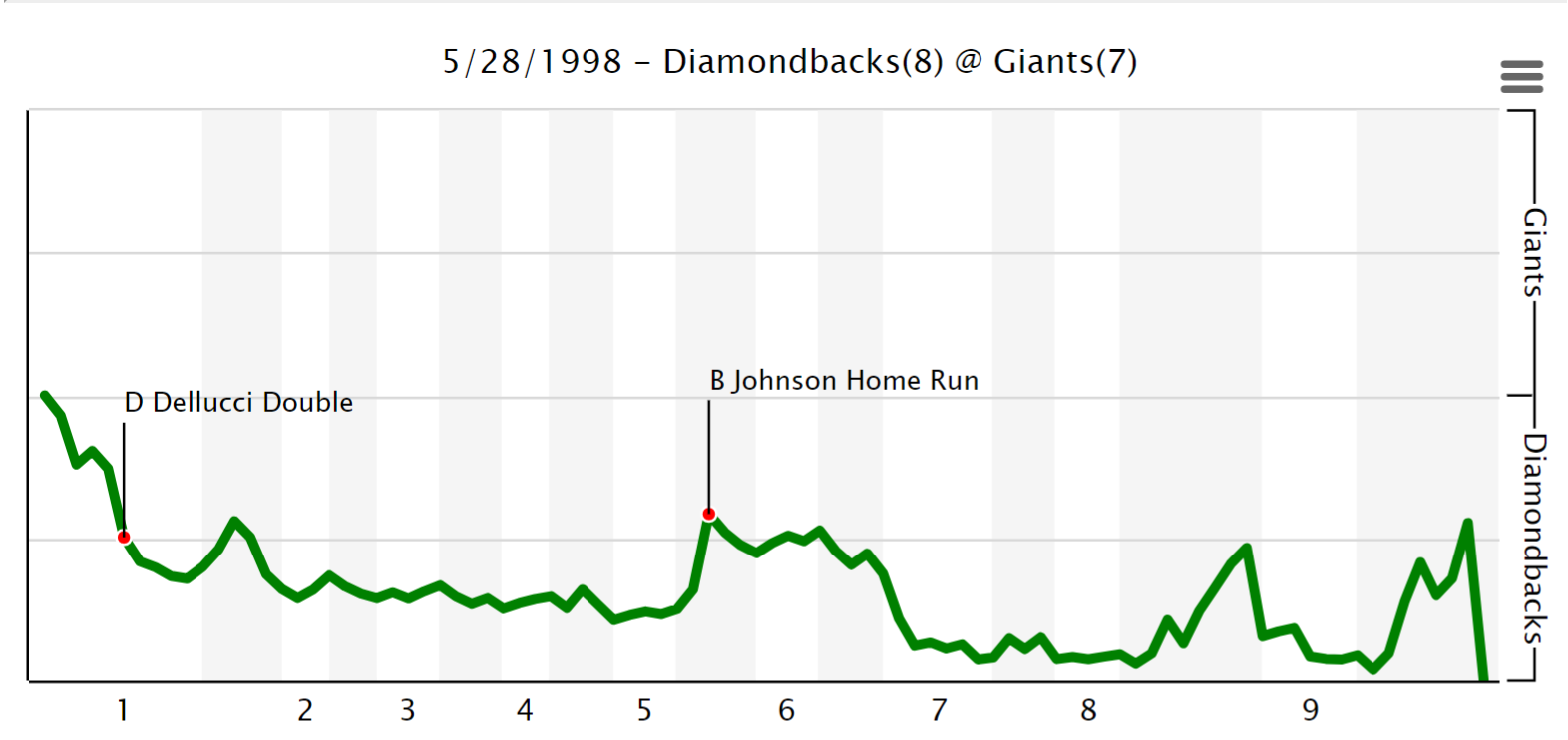Gallo’s Season Is Unique and Unrepeatable
At this point, we all know Joey Gallo. We know what he can and what he can’t do on a baseball field. We know his tendencies. We know his unidimensional approach to hitting. In short, we know Gallo is one of a kind and the true definition of an outlier, if anything. Drafted by the Texas Rangers in 2012, he’s been part of the Major League roster during various stints of the past three seasons, having played in just 157 games (as of August 13) since he made his debut, yet it feels like he’s been around forever probably given his uniqueness.
Gallo’s finally found a place in the Rangers’ lineup during this season. Playing most of games at third base thanks to an Adrian Beltre injury that kept him out of action for the first weeks of the season, then moving to first base and currently splitting time between the latter and the left outfield position, Joey is an irreplaceable piece of Texas’s roster at this point. He’s the second-most valuable player of the team by means of bWAR at 2.8, only trailing Elvis Andrus (3.4), while having stepped to the plate 108 fewer times, and all of this at just 23 years of age.
Anything of what has been introduced already may sound interesting and paint a good picture of a prospect, which – still – Gallo is. But it is looking at his numbers for the season when we truly find a gem of a player, or at least a unique one given his performance and how he’s achieving it. To the point, actually, that we can consider Joey Gallo’s 2017 season an unrepeatable one in the past, present and (maybe) the future of baseball. We have always had great players putting huge margins in different statistics between them and the field, but we have yet to see anyone accrue the overall stat line Gallo is putting together as a whole.
In order to try and find comparables to Joey’s season, I used batting data from 2002 to 2017, extracted from FanGraphs’ leaderboards. The timespan was selected due to batted-ball data being available at the site from the 2002 season on, giving us a finer grain of detail at the players and their batting profiles during the selected seasons. Just to kick things off, we can introduce Gallo as a not-so-good hitter by looking at his PA/H ratio, which ranks as the 11th worst (5.5 PAs per hit) among the 2413 player seasons contained in the subset. Basically, Gallo suffers to get a hit every time he goes to the plate, and not by little (the average PA/H sits at 4.1). What starts to make things interesting is that of the 11 worst PA/H hitters, Joey Gallo is the only one with more HR than 1B/2B/3B, with home runs making up 47.4% of his hits (the next guy of those 11 is 2012 Adam Dunn with a 37.2% percentage).
We already know Gallo struggles to get hits. We know that most of his hits – almost half of them – end up being home runs. But, has Joey Gallo been just unlucky when making contact with the ball? It doesn’t look like it. There have only been five players with a K% of 35%+ in the past 15 seasons. Joey Gallo leads the pack at 37.8%, followed by 2013 Chris Carter and 2017 Trevor Story (both at 36.2%), 2017 Miguel Sano (35.6%) and 2010 Mark Reynolds (35.4%). Sadly for Gallo, his BB/K ratio doesn’t look like anything great at 0.34, so he comes out pretty much as a hit-or-miss guy.
His BABIP sits at .238 right now (26th-lowest among 2413 player seasons) and combined with his power and the percentage of his hits that go over the fences, that’s pretty low production when his hit balls don’t go the distance. The good thing for Gallo, again, is that he barely hits grounders, nor even liners. His GB/FB ratio is 0.43, trailing only a couple of Frank Thomas (who was like a monster truck turned into a mountain turned into a human being) seasons when he put up values of 0.42 (2006) and 0.40 (2002) GB/FB. That may lead you to think that we have seen other players like Gallo during the history of the sport, and indeed we have if looking at isolated statistics. But what if we add the percentages of line drives, ground balls and fly balls into the equation, plus a couple more metrics?

Gallo’s hitting profile just hasn’t existed prior to this season and will probably never be replicated. It is weird. It is unique. It is just in its own universe. Not only does Joey posess the lowest LD% of the past 15 years; he also has some of the lowest marks in GB% and IFFB% at the same time, while posting the highest FB% and – by far – HR/FB ratio of that timespan. No one has ever reached a 30%+ HR/FB ratio while maintaining a FB% of batted balls over 44% except Gallo. That’s something insane, at the minimum. Just in case there was any doubt left about what hitting profile Gallo represents best, I think he is a clear go-big-or-go-home advocate.
So Joey Gallo is a strikeout machine, that’s taken for granted. But he makes up for it with an otherworldly approach to hitting and some power not seen to this point in time, even after more than a hundred seasons of baseball have been played. As of August 13, Gallo ranks 26th in Baseball-Reference.com’s oWAR/PA among players with at least 350 PA, and while he’s nothing out of this world in terms of defensive production, his offensive performances have been vital for the Rangers. Added to his ridiculous age, he’s one of the most promising and offensive-minded players in baseball, and one that truly stands out from the field of players that can be seen each day at the majors’ ballparks.
It all comes down to a simple two-option question with Gallo. You either hate him or love him. But most of all and on top of that, what we should do is appreciate it, because we have not seen and will probably never see something quite like what he’s doing any time soon.











